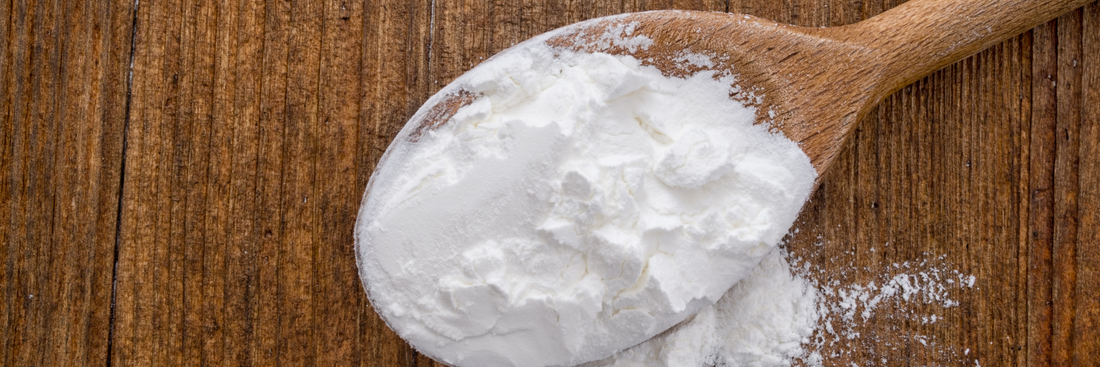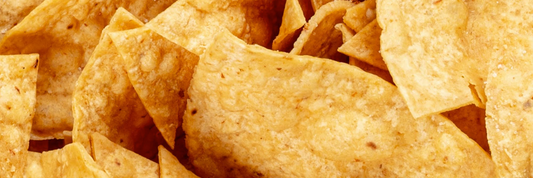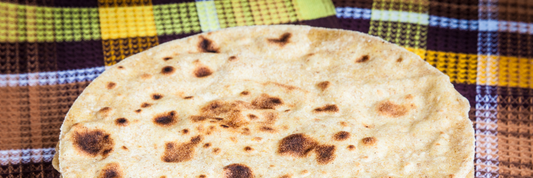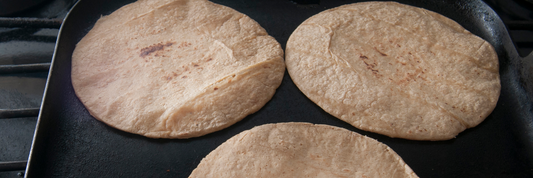Cornstarch vs corn flour is a common source of confusion in cooking and baking, especially since the terms mean different things depending on where you are in the world. While both come from corn, they differ in processing, texture, nutrition, and how they behave in recipes. Cornstarch is a silky, refined starch prized for its thickening power and crisping ability, while corn flour is a finely ground whole-kernel product that adds structure, flavor, and nutrition to baked goods. Understanding their differences will help you choose the right ingredient for sauces, batters, breads, and desserts, and avoid kitchen mishaps.
What Is Cornstarch?
Cornstarch is a fine, white powder made by extracting the starchy portion of the corn kernel’s endosperm. It is almost pure carbohydrate, containing very little protein, fat, or fiber. Cornstarch is flavor-neutral and is primarily used as a thickening agent in sauces, soups, custards, and pie fillings. Because it forms a smooth, glossy gel when heated with liquid, it is favored in recipes that require a translucent finish.

What Is Corn Flour?
Corn flour is made by grinding whole dried corn kernels into a fine powder. Unlike cornstarch, it contains the germ and bran, which contribute to its yellowish color, mild corn flavor, and higher content of protein, fiber, and micronutrients. Corn flour is commonly used in baking and breading, and it can be incorporated into recipes for pancakes, muffins, tortillas, and other corn-based baked goods.

Cornstarch vs Corn Flour: Terminology by Country
The terms cornstarch and corn flour can be confusing because their meanings differ between regions.
-
United States: Cornstarch refers to the pure starch extracted from the endosperm of the corn kernel, while corn flour means finely milled whole-kernel corn.
-
United Kingdom and some Commonwealth countries: Cornflour is what Americans call cornstarch. The American meaning of “corn flour” (whole-kernel) is less common in these regions and may be labeled “maize flour” instead.
-
Other international names: In some parts of Europe and Latin America, cornstarch is called “maize starch” or sold under brand names like Maizena.
Understanding these differences is crucial when following recipes from international sources, since swapping one for the other can dramatically affect texture and taste.
Cornstarch vs Corn Flour: Nutrition, Gluten, and Allergens
Macronutrients and Fiber
Cornstarch is composed almost entirely of carbohydrates (around 91–92%) with negligible amounts of protein, fat, or fiber. It provides quick-digesting energy but minimal nutritional value.
Corn flour, by contrast, retains the protein (6–8%), fiber (about 2–3%), and small amounts of vitamins and minerals naturally present in the corn kernel, making it more nutrient-dense than cornstarch.
Gluten Status
Both cornstarch and corn flour are naturally gluten free, but cross-contact can occur during processing in facilities that also handle wheat. For people with celiac disease or gluten sensitivity, choosing certified gluten-free brands ensures safety.

Cornstarch vs Corn Flour: How They Work in Cooking
Thickening Power
Cornstarch has about twice the thickening power of wheat flour, so smaller amounts are needed to achieve the same viscosity. When cooked in liquid, it forms a smooth, glossy gel, making it ideal for sauces, pie fillings, and custards.
Opaque vs Glossy Finishes
Corn flour, like wheat flour, produces a more opaque and slightly matte finish when used as a thickener. Cornstarch, in contrast, yields a clear, shiny appearance, which is desirable in sweet glazes and certain Asian stir-fry sauces.
Heat and Freezing Stability
Cornstarch gels can break down if boiled for too long or frozen and thawed, resulting in a thinner texture upon reheating. Corn flour-based sauces are slightly more stable under these conditions but lack the same smooth gloss. To maintain consistency with cornstarch-thickened recipes, add it near the end of cooking and avoid repeated freezing.
Cornstarch vs Corn Flour: Best Culinary Uses
Cornstarch Uses
-
Thickening sauces and gravies: Create a slurry by mixing 1 tablespoon cornstarch with 2 tablespoons cold water for every cup of liquid, then whisk into hot liquid near the end of cooking.
-
Pie fillings and custards: Produces a clear, smooth gel.
-
Crispy frying coatings: Lightly dredge proteins or vegetables in cornstarch before frying for an extra-crisp crust.
-
Stir-fries: Adds shine and light body to sauces while helping seasonings cling to ingredients.
Corn Flour Uses
-
Baking: Used in batters, breads, pancakes, and waffles to add mild corn flavor.
-
Coating: Creates a slightly softer, golden crust compared to cornstarch.
-
Difference from cornmeal: Corn flour is finely milled, while cornmeal has a gritty texture and is better suited for cornbread or breading.
Cornstarch vs Corn Flour: Baking Applications
Cornstarch in Baking
Small amounts can be blended into wheat flour to tenderize cookies, shortbread, or cakes by reducing gluten formation. Cornstarch also lightens cake flour blends. Substitution should be cautious: replacing too much wheat flour with cornstarch can weaken structure.
Corn Flour in Baking
Adds color, subtle sweetness, and earthy corn flavor to muffins, quick breads, and cakes. It can replace a portion of wheat flour, but because it is gluten free, too much can cause crumbling or density in baked goods.
Cornstarch vs Corn Flour: Frying and Crisping
Cornstarch for Ultra-Crisp Crusts
Cornstarch absorbs surface moisture, puffs slightly during frying, and shatters into a delicate crisp. It is often combined with rice flour or wheat flour to balance texture and browning. Ideal for tempura, fried chicken, and crispy tofu.
Corn Flour for Batters
Contributes mild corn flavor and a warm golden hue. Often used in combination with wheat flour for more structure while retaining crispness. Suitable for fish fry batters and hush puppies.
Cornstarch vs Corn Flour: Substitutions and Ratios
When You Can Substitute
-
In sauces: Corn flour (whole-kernel) can thicken but will yield an opaque result, unlike the glossy finish of cornstarch.
-
In baking: Cornstarch can replace part of wheat flour to soften texture but cannot fully substitute for corn flour in recipes that rely on its flavor.
Guideline Ratios
-
For sauces: 1 tablespoon cornstarch equals about 2 tablespoons corn flour.
-
For frying coatings: Use 100% cornstarch for maximum crisp, or mix 50/50 with wheat or rice flour for balance.
Alternatives to Cornstarch and Corn Flour
-
Arrowroot starch: Clear finish, works well in acidic dishes, not stable for long boiling.
-
Potato starch: Excellent crisping ability, freezes better than cornstarch.
-
Tapioca starch: Adds chew and gloss, good for desserts.
-
Rice flour: Delicate crispness in frying, slightly gritty texture in sauces.
Conclusion
Knowing the differences between cornstarch and corn flour will help you cook with more confidence and precision. Cornstarch excels as a thickener and crisping agent, while corn flour shines in adding texture, flavor, and structure to baked and fried foods. By matching each ingredient to its best culinary use, you can achieve better results and create dishes with the perfect consistency and taste.







